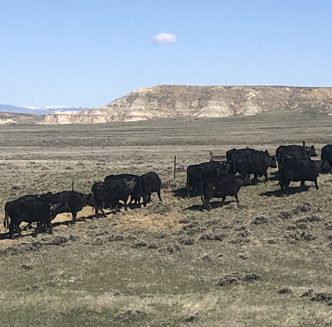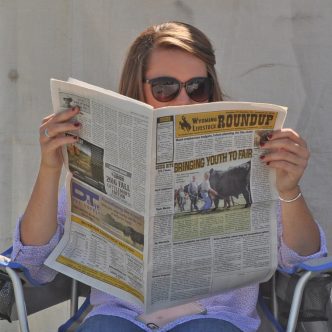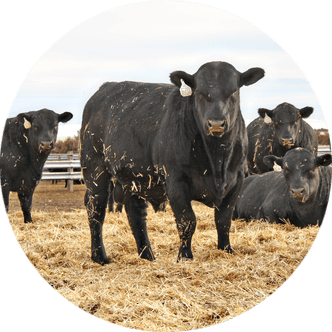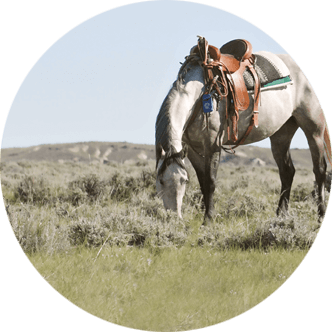Postcard from the Past: Pass Creek Tie Drive
by Dick Perue
Consisting of about 100,000 ties, nearly to the river. No trouble about dams or headgates
J.H. Mullison came in Monday from Pass Creek where he has been superintending the Teller tie drive of about 100,000 ties. The ties are nearly to the river, and the drive will be finished so far as the creek is concerned in a few days.
Mullison was asked about the dams and headgates in the creek and said, “There isn’t a dam in Pass Creek which can be called a dam and never was. We were careful about the headgates to the ditches and sent men along ahead to place ties across them in such a manner they were not harmed in the slightest.”
“The bridges across Pass Creek were very low, and it was necessary to prop them up to let the ties under, which interrupted the crossing as long as the ties were passing – which was about a day in most cases. The bridges were then let down, and everything was fixed securely,” he added.
“The ranchmen on the creek are perfectly satisfied, and they will tell you if they had not seen the drive pass, they would not have known, so far as the ties damaged their ditches and headgates, that there had been a drive,” Mullison concluded.
This story came from a June 7, 1900 edition of The Saratoga Sun.
Rivers and streams transport ties
Recently, local young folks have been asking questions concerning the crosstie drives down the Upper North Platte River and adjoining streams. Following is some of what I pass along to them.
Rivers and streams have historically been used to transport forest products in many parts of the U.S. As the railroad pushed into the Central Rockies during the late 1860s, the need for crossties necessitated the use of many streams as conduits to move timber from the forests to the railheads.
Between 1868 and 1945, millions of railroad crossties, sawlogs and mine props were cut and transported down major rivers and their tributaries in Wyoming, Utah and Colorado. Early reports from the Medicine Bow National Forest estimate millions of board feet of timber were harvested from that forest alone between 1860 and 1910.
Given the absence of motorized vehicles and developed roads during this period, much of the total was moved by water.
As the Union Pacific Railroad moved across southern Wyoming and northeast Utah in the late 1860s, the first forests cut were in the Laramie, Medicine Bow and Uinta mountain ranges. Later, with the construction of spur lines, new railroads and improved transportation routes, extensive timber resources were also exploited in the Sierra Madre, Wind River and Big Horn ranges.
Streams tie-driven included the Little and Big Laramie rivers, Rock Creek, Medicine Bow River, Upper North Platte River, Encampment River, Green River, the Black’s Fork, Wind River, Tongue River, Bear River, Henry’s Fork, Cottonwood Creek, Douglas Creek, French Creek, Pass Creek, Mill Creek and the Smith’s Fork.
Tie drives were carried out during high water periods of spring snowmelt runoff, usually May or June. The ties were hewn in the woods during the fall and winter and decked along streams awaiting the spring thaw.
To facilitate the drives, flumes and splash dams were often built. Also, “stream improvements” were made to assure a swift trip downstream. Common practices included blocking off sloughs, swamps, low meadows and banks along wider sections with log cribbing to keep the mix of water and logs in the main channel and blasting or removing boulders, logs, debris and encroaching riparian vegetation to prevent jams.
Frequently, small low-gradient streams were substantially widened as a result of the frequent flushing by the splash dams and the impact of logs on streambanks. See above article.





